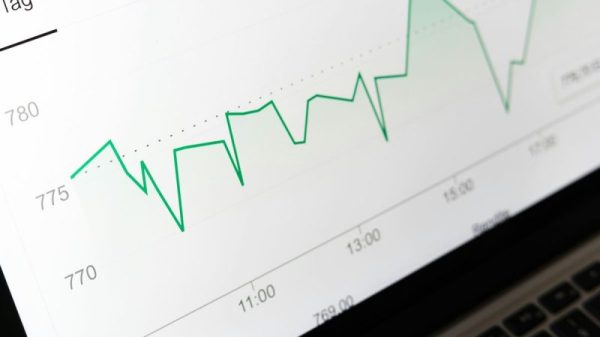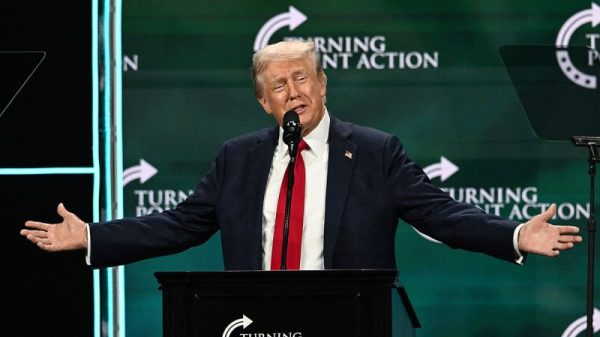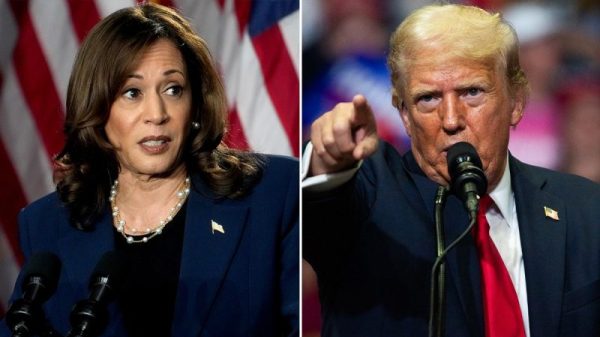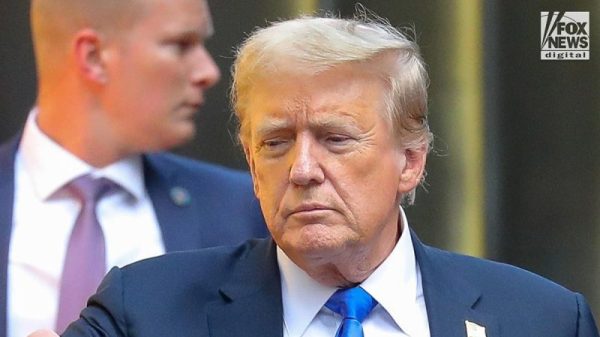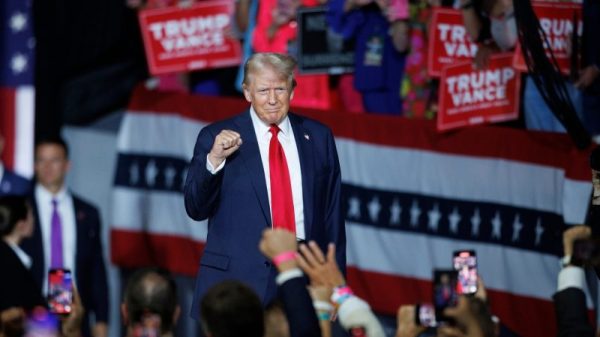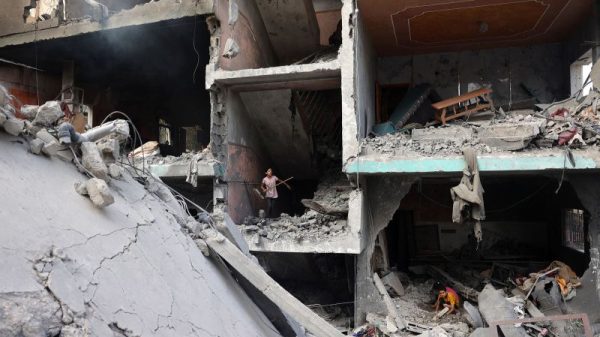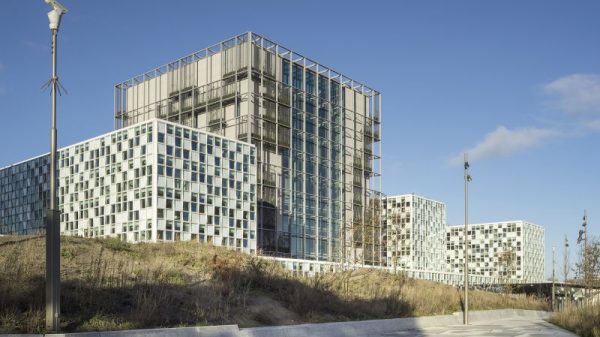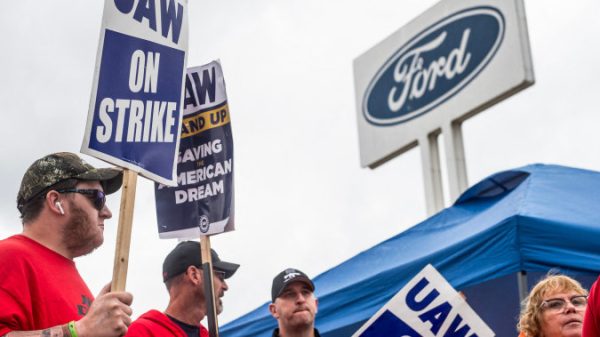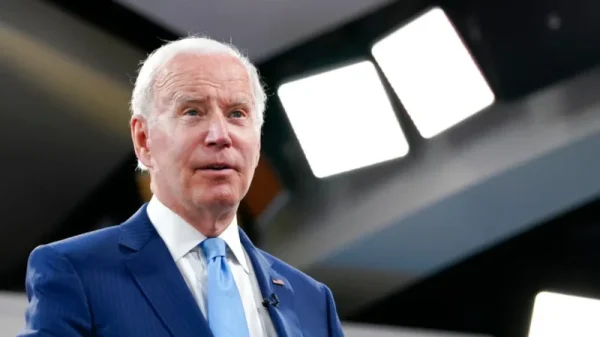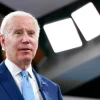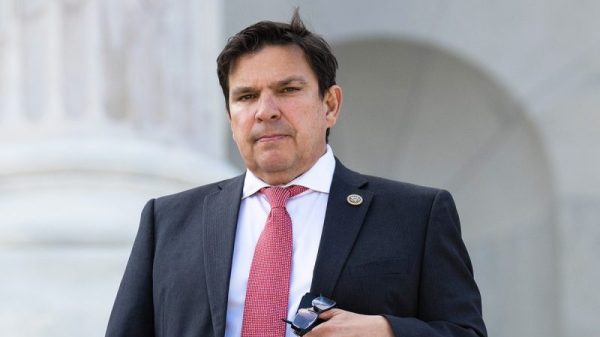More than 20 million people woke last week to a thick, acrid, and noxious smog that settled densely across the Indian capital.
Primary schools were forced to shut, vehicles restricted from traveling on roads and construction brought to a halt as a hazy gray enveloped New Delhi, blocking buildings from view and prompting residents to panic buy air purifiers.
Behind closed doors, state authorities and federal officials gathered to put together a plan that would clean up the city’s air after its Air Quality Index (AQI) passed 500 – a figure so high that experts warn it could be shaving more than a decade off the life expectancy of those who live there.
But the scene is hardly unprecedented.
Every year, New Delhi’s skies turn the same sickly yellow, prompting the same scramble by authorities to crackdown on the pollution. Every year, around this time, headlines about the issue dominate the news, reminding the country’s 1.4 billion people that smog season is back with a vengeance.
And every year, people ask why nothing has changed.
“It’s an invisible killer,” said Jyoti Pande Lavakare, author of “Breathing Here is Injurious to Your Health: The Human Cost of Air Pollution” and co-founder of clean air non-profit Care for Air.
“And unfortunately, there is just no political will to solve this problem from any party. There is not one party that has put its head down and said, ‘we are sickening the entire country and let’s fix it’.”
A success story
New Delhi’s current toxic skies are reminiscent of another major Asian capital that about a decade ago was famous for a smog so thick that it could shroud entire skyscrapers from view: Beijing.
China’s capital has since cleaned up its act, which begs the question: if Beijing can clean up its toxic air, why can’t India too?
Like India, rapid industrialization and urbanization contributed to China’s remarkable rise as an economic superpower. And like India’s expansion, China’s came with an environmental cost: a deep reliance on fossil fuels and emission heavy industries that was making the air putrid with pollutants.
In Beijing, a city of nearly 22 million people, the air had become so bad that it was widely referred to as the “air-pocalypse.” Hospitals were often flooded with respiratory patients, and residents – especially families with children – were so desperate that many left the city to take jobs further south, and even overseas, where the air was better.
The United States embassy in Beijing published its own air quality data, infuriating Chinese officials but also raising awareness among the Chinese public about how bad things had become.
A key moment in China’s fightback came in 2013, when the government started to invest billions of dollars into a national air pollution action plan.
What followed was a rollout of new regulations, including restricting the number of vehicles on the roads in major cities, tightening environmental oversight and controls on emissions, building a nationwide system of air monitoring stations, and reining in coal and other heavy-polluting industries.
Beijing, said Frank Christian Hammes, Global CEO of IQAir, “took it seriously.”
“We see electrification. In restaurants, and on street food vendors, we don’t see coal being used anymore. The power generators have shifted to gas. All this has made a big difference,” he said.
In the decade since, China has seen its air quality improve dramatically. The country’s pollution levels in 2021 had fallen 42% from 2013, according to a report from the Energy Policy Institute at the University of Chicago, which praised its “staggering success in combating pollution.”
A decade later, Beijing has long fallen off the top of the world’s worst pollution list and currently ranks 27 on the ranking by IQAir, a Swiss company that tracks global air quality.
New Delhi started the week by once again clinching the top spot.
Hundreds of thousands of lives saved
China’s raft of clean air policies have been so successful, they have saved hundreds of thousands of lives, research has shown.
The report warned, however, there is still work to do and Beijing’s particulate pollution – the tiny but highly dangerous pollutants that can evade the human body’s usual defenses – is still 40% higher than in the most polluted county in the United States.
Nonetheless, the data shows China is on the right track. And many in India want to see similar progress in their country.
“India has everything in place to change what’s happening. We have science and the finance, but we lack a reduction-based approach,” said Sunil Dahiya, from the Centre for Research on Energy and Clean Air (CREA) in New Delhi.
In comparison to Beijing’s strict measures that were intended for long-term success, New Delhi’s have been “reactive,” he argued.
“These are not solutions,” Dahiya added.
Traditionally, toward the end of the year after the winter harvest, millions of farmers clear their leftover rice stubble by setting fields alight to prepare for the incoming wheat crop. This, together with vehicular and industrial pollution, has created copious amounts of smog across the northern Indian states of Haryana, Punjab, Uttar Pradesh and New Delhi.
Tens of millions of poor households in the country also continue to rely on cheap and harmful fuels for cooking.
At a nationwide level, India launched its Clean Air Programme in 2019, ushering in strategies across 24 states and union territories to reduce particulate matter concentration by 40% by 2025-26. The measures include cracking down on coal-based power plants, setting up air monitoring systems and banning burning of biomass.
Some Indian cities have seen improvements in their air quality, according to government data. But a lack of strict enforcement and coordination means progress has been slow, experts suggest.
To deal with New Delhi’s persisting pollution, officials have tried sprinkling water on the roads, restricting traffic by requiring vehicles with odd or even license plates to travel on alternating days, and constructing in 2018 two smog towers worth 200 million rupees ($2.4 million), which are intended to act as giant air purifiers.
Though it isn’t increasing, between 2018 and 2022, New Delhi’s average PM2.5 concentration (a measure of pollutants in the air) for the month of November, when the pollution season typically begins, has stayed more or less the same, according to IQAir.
This November alone, New Delhi has remained on the top of IQ Air’s list of most polluted cities for at least five days so far. To tackle the problem the city this year plans to induce rain to wash away the dust – a method adopted by other Asian countries, including China, Indonesia and Malaysia.
However, scientists say it is unclear how effective this method really is.
“These are just band-aid solutions,” said Hammes. “We need to address the underlying issues. And that is stopping biomass burning and switching to cleaner fuels.”
China’s authoritarian one-party system, unlike India’s democracy, means that officials follow orders quickly, experts say.
“With Beijing, once the government decided they were going to tackle pollution, they did it,” said Lavakare from Care for Air. “The same could be achieved in India – maybe even faster – but it’s just not a national concern. It’s a systemic failure year after year. And nobody seems to want to solve it.”
A blame game
Publicly, local and national leaders repeatedly trade blame for the capital’s toxic air.
Arvind Kejriwal, Delhi’s chief minister and leader of the Aam Aadmi Party, considered to be the antithesis of the ruling Bharatiya Janata Party, has been accused of “inaction and insensitivity” by members of the national government.
They say Kejriwal’s team has done little in terms of implementing effective policies to clean New Delhi’s air. “Delhiites are complaining of itching and breathlessness and children are falling ill. Only Kejriwal is responsible for all this,” said Delhi BJP president Virendra Sachdeva.
The AAP has retaliated by accusing the federal government of cutting their funding to tackle pollution and failing to take the issue seriously.
During a Supreme Court hearing last week, judges Sanjay Kishan Kaul and Sudhanshu Dhulia appeared visibly irritated at the political backsliding. “There cannot be a political battle every time. We are at zero level patience on this issue now,” they said as they instructed authorities to ban fireworks ahead of Diwali and stop farmers from burning crops.
“Every party had at least air pollution in their agenda, but over time because of other factors that momentum has been lost,” said Dahiya from CREA.
Pollution might be taking a back seat, even for India’s citizens, Dahiya said.
“It picks up at times and dies down,” he added. “India is faced with lots of other vulnerabilities. It might not be an issue they talk about every day. But it’s one they certainly face every day.”
When millions celebrated Diwali last weekend, many defiantly took to the streets, with little to no pushback from authorities, bursting firecrackers that emitted more smoke into the sky.
As a result, New Delhi started the week as the most polluted city in the world, with a “hazardous” AQI level higher than 420, according to IQAir.
“Your most vulnerable population will be affected for the rest of their lives,” said Hammes from IQAir. “You’re not even giving a fighting chance for an entire generation, really.”
Lavakre, from Care for Air, said people will lose years off their lives.
“How do you even begin to come to terms with that?” she said.



